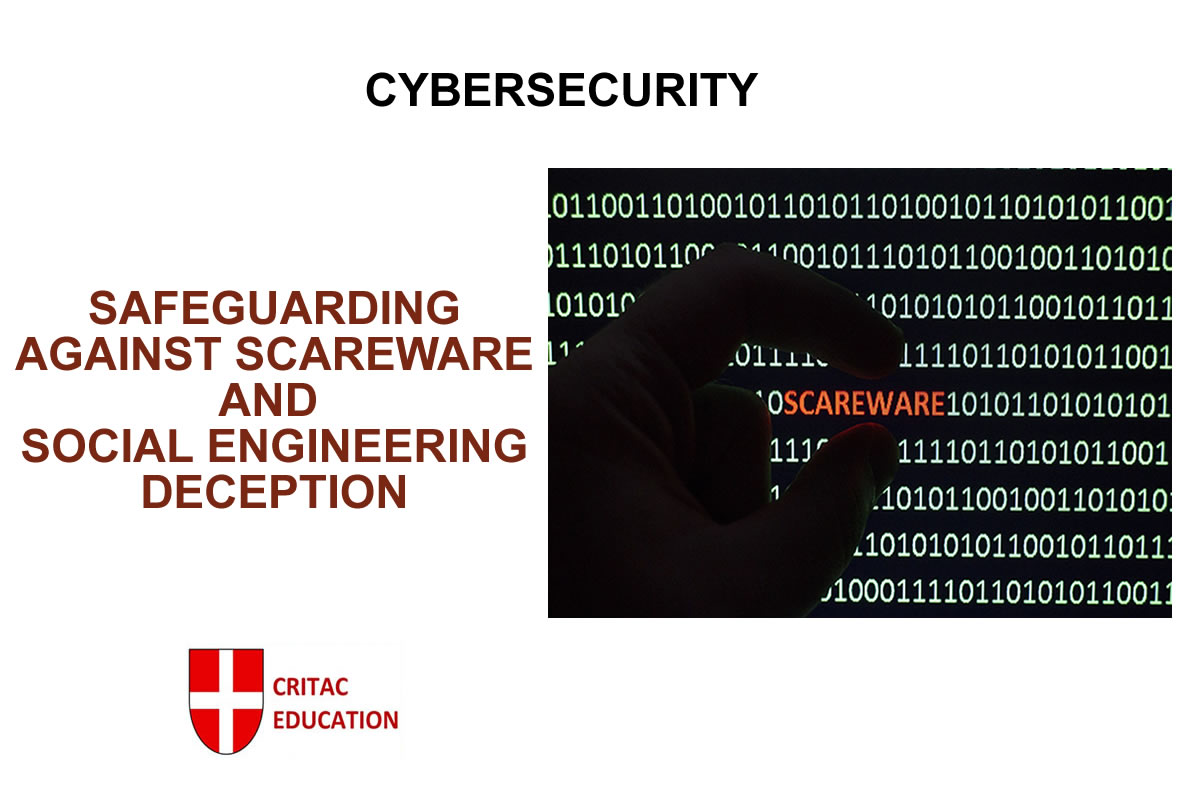"Unmasking Scareware and Social Engineering" is a comprehensive course that offers a deep dive into the intricate world of social engineering and the deceptive phenomenon of scareware. This course equips participants with a profound understanding of these deceptive tactics, the psychological aspects behind them, and the methods to recognize, protect against, and ethically combat these threats.
Starting with an introduction to social engineering, you'll grasp the core concepts, the psychology of manipulation in social engineering, and learn from a real-world case study involving email deception.
The course then explores various types of social engineering attacks, scrutinizing scareware as a deceptive menace that exploits emotions and fears, with real-world case studies like the frightening ransomware ruse providing practical context.
Participants will delve into the mechanics of scareware, understanding how it preys on human emotions and vulnerabilities, analyzing real-life examples, and uncovering the motivations and goals of scareware perpetrators.
In the next chapter, you'll explore the psychological triggers that drive scareware attacks. Understanding the emotions that underpin victim actions, such as fear, anxiety, and urgency, and how social engineers exploit cognitive biases will be a key focus.
The anatomy of a scareware campaign is dissected, providing a step-by-step breakdown of an attack, including phishing and malware distribution's role in scareware schemes, backed by real-world case studies.
Recognizing scareware tactics is crucial. Red flags and warning signs of scareware attempts are discussed in detail, along with techniques to differentiate legitimate alerts from scareware ploys. Additionally, training individuals to identify and resist scareware will be addressed.
The impact and consequences of falling victim to scareware are explored, touching upon the financial, emotional, and psychological toll on victims. Case studies of organizations and individuals affected by scareware attacks shed light on the real-world ramifications.
Cybersecurity measures against scareware are the next focus, highlighting strong security protocols, cybersecurity awareness, education within organizations, and advanced technologies for detection and prevention.
The course delves into legal and ethical considerations, emphasizing the legal ramifications of scareware and the ethical implications of studying and defending against social engineering. The role of governments and law enforcement in combating scareware is also discussed.
Building psychological resilience and awareness is a crucial aspect of the course. Strengthening mental resilience to combat scareware, developing a security-conscious mindset, and tips for staying safe in an increasingly connected world are all covered in this chapter.
The course then shifts to future trends and evolving threats, predicting the future of scareware and social engineering, emerging trends in social engineering tactics and technologies, and strategies for individuals and organizations to adapt to evolving threats.
In the concluding chapter, key takeaways from the course are summarized, underlining the importance of ongoing vigilance against scareware and social engineering. Participants are empowered to protect themselves and their communities from these deceptive attacks.
